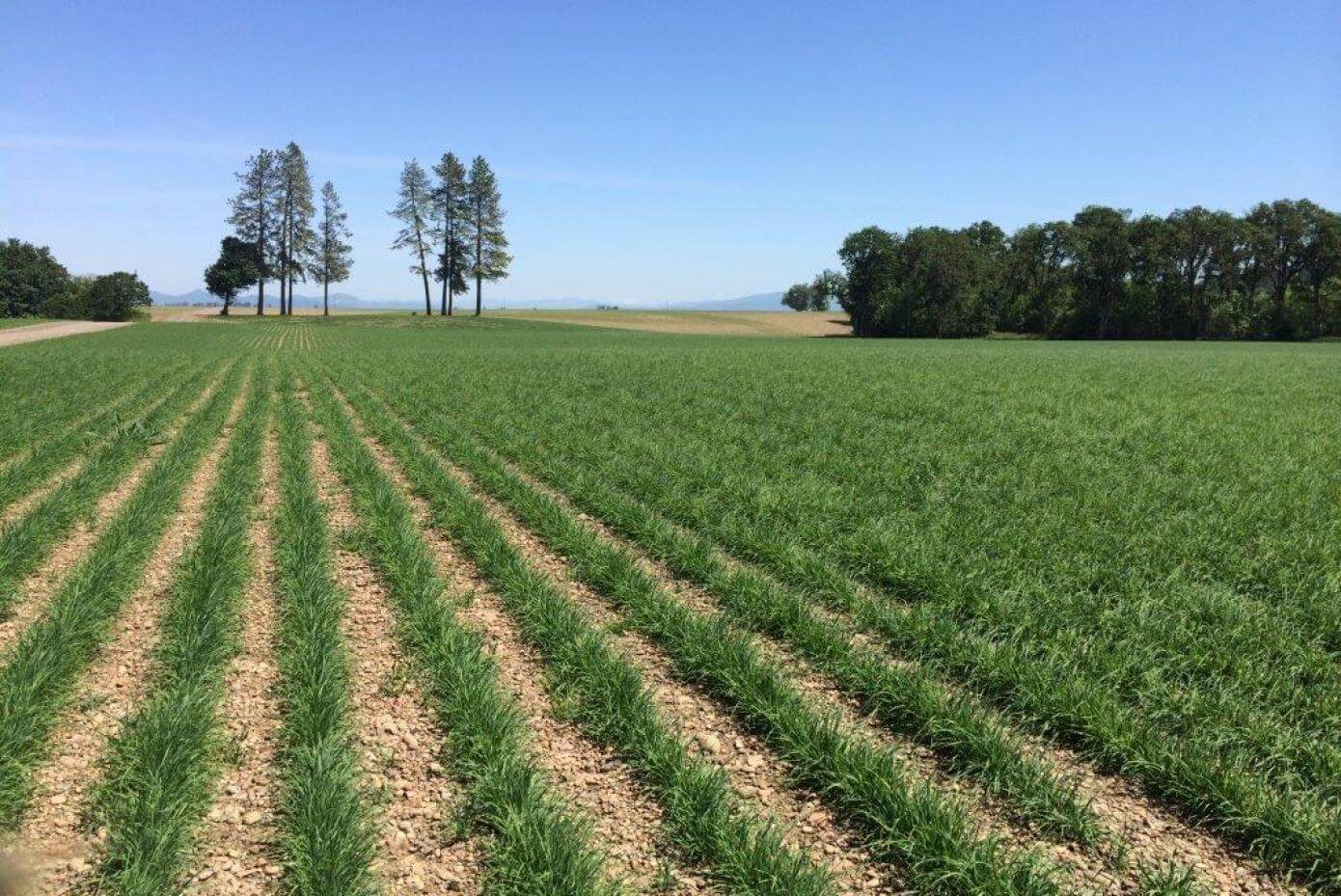This is a special time of year, as many in the industry get their first real breather since June. It is a good time to stop, ponder, and discuss together the past, present, and the future. Below are some conversation starters.
The Past
The past four months sure feel historical (or hysterical?) don’t they? Such surprises aren’t uncommon in the industry, neither are painful harvest times, but it feels like harvest ‘17 will go down in the record books when no one came close to guessing how high the price would get of some of the industry’s highest volume commodities. How did so many miss it?
Consumption seems to have been pretty decent this fall, especially in the southeast, where farmers have chewed through annual ryegrass regardless of price increases. Tall fescue consumption also seems to have been generally unaffected by higher prices. What does this mean about the consumer?
With limited and high-priced commodities, there was plenty of opportunity to promote improved genetics. Did we as an industry take advantage of this or did we simply fill the order and go on? Can we learn to take advantage of these opportunities? How can we be ready to not only offer a substitute, but to capture the necessary data and contact information that will allow us to follow-up and convert some of these commodity consumers to proprietary buyers?
The Present
Interested in the idea of capturing contact data on commodity-to-proprietary switchers? It might not be too late. Whatever you can capture now may be useful later, but will be of little use if you don’t try.
This downtime is a great time to analyze, look at trends, and make plans. Do you have this on the agenda? Don’t delay. Winter meetings and spring shipping will be here way too soon. Ask the why questions. Don’t just assume you know why. The present is our time to learn from the past to guide us in the future.
The Future
Will we see new norms for annual ryegrass and KY-31? Are the days gone of $28 ryegrass and 100 million lb. KY-31 crops? The question of how much these two crops will be worth next year, two years and three years down the road has far-reaching impact on supply and pricing of many other crops. Simple illustration: If a seed grower feels like they have a good chance of making better money with annual ryegrass and KY-31 over the next few years, they will give serious thought to moving out of an existing crop. This increases pressure on the contract price for that crop; and the dominos just keep falling. How do we position our companies to secure our interests in these and other affected crops?
We have some pretty slick new genetics in the works. From cover crops to forage to turf, there’s great stuff coming from us and the rest of the industry. How is your product and staff portfolio arranged? What sort of plans do you have to make the most of the future genetics? Are there specific plans you can make for this next year to introduce new products, increase your sales force’s education, impact and educate your customers?
Happy ponderings!


